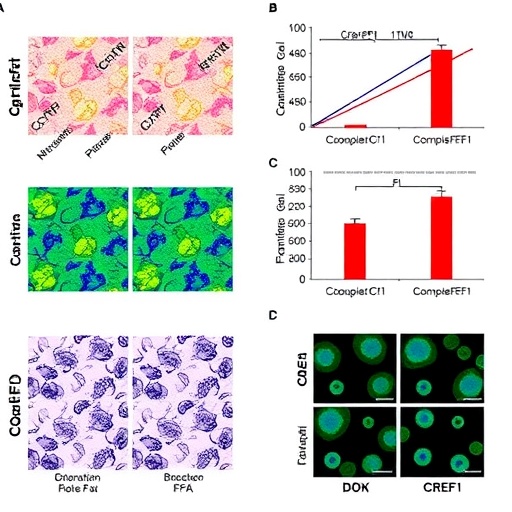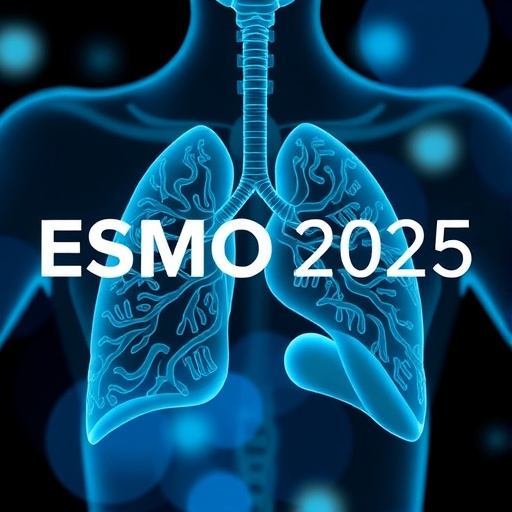In a groundbreaking multicenter study spanning six hospitals in Palestine’s West Bank, researchers have unveiled critical predictors that shape the quality of life (QoL) for patients suffering from multiple myeloma (MM)—a complex and life-altering blood cancer. This comprehensive cross-sectional study, carried out over seven years and involving 202 patients, offers unprecedented insights into how specific symptoms and co-existing health conditions significantly impair the well-being of MM patients in low-resource settings. By employing stringent data analysis methods including LASSO regression, the study illuminates the profound impact of symptom clusters and comorbidities, laying a vital foundation for targeted supportive care interventions.
Multiple myeloma, characterized by malignant plasma cell proliferation, is notorious for its debilitating symptoms and varied treatment side effects, which collectively erode patient quality of life. While prior investigations have predominantly focused on populations in high-income countries, there has been a glaring paucity of robust data from low- and middle-income regions. This research addresses that knowledge gap by deploying the validated Arabic version of the EORTC QLQ-MY20 questionnaire, tailored for assessing QoL in myeloma patients, thereby ensuring culturally sensitive and reliable patient-reported outcomes in a Middle Eastern context.
The study dissects quality of life into distinct subscales, emphasizing the “Side Effects of Treatment,” “Body Image,” and “Future Perspective,” to delineate nuanced patient experiences. Notably, patients experiencing abdominal pain, chest pain, and swelling reported markedly worse scores on the side effects subscale. These symptoms emerged as independent predictors of diminished QoL even after adjusting for various clinical and demographic variables, underscoring their dominant role in patients’ lived experiences during therapy.
Abdominal pain, a frequently reported complaint in MM, likely reflects gastrointestinal and systemic complications related to both disease pathology and treatment toxicities. Chest pain and swelling similarly signal distressing cardiopulmonary and vascular sequelae, which not only inflict physical burden but may also amplify psychological strain. The statistically significant beta coefficients associated with these symptoms confirm their robust negative influence, an insight that demands urgent clinical attention.
Beyond symptomatic anguish, the study highlights the formidable shadow cast by comorbid conditions such as gout and peptic ulcer disease on patients’ body image—a crucial psychological facet influencing self-esteem and social functioning. These comorbidities showed a pronounced detrimental effect, revealing for the first time how concurrent autoimmune and gastrointestinal disorders intersect with cancer-related distress to compound patients’ suffering.
Serum calcium levels also demonstrated a borderline effect on body image perceptions, hinting at possible biochemical pathways through which metabolic abnormalities might erode psychological health. The biochemical milieu in multiple myeloma patients is notoriously dysregulated, with hypercalcemia known to exacerbate systemic symptoms, potentially influencing mood and cognitive function.
When exploring patients’ outlook on their futures, chest pain again surfaced as a borderline negative predictor. While less pronounced than in the side effects domain, this finding suggests that persistent cardiopulmonary discomfort may color patients’ hopefulness and their capacity to envisage life beyond illness. The psychological burden intertwined with physical symptoms calls for integrated care that addresses both mind and body.
The robustness of these conclusions is bolstered by advanced multivariate statistical techniques. Employing LASSO (Least Absolute Shrinkage and Selection Operator) variable selection minimized multicollinearity and overfitting, sharpening the identification of stable, predictive variables. This methodological rigor lends credence to the explanatory power of the symptom and comorbidity models, which accounted for 25.9% of variance in side effects, 10.5% in body image, and 2.4% in future perspective subscales respectively.
These findings bear critical implications for healthcare systems, particularly in resource-constrained environments such as Palestine, where the integration of personalized supportive care remains an ongoing challenge. The recognition of specific symptom burdens and comorbidities as key determinants of quality of life underscores the necessity for tailored symptom management strategies—ranging from effective pain control and gastroprotective therapies to management of metabolic derangements and psychological support services.
Moreover, this study illuminates the complex interplay between physical ailments and psychological resilience in cancer care. The interplay between bodily symptoms, comorbidities, and patient perception beckons a holistic, multidisciplinary approach that transcends conventional oncologic treatment paradigms. Healthcare providers in similar settings must be vigilant in screening for and addressing these determinants to mitigate the multidimensional impact of MM.
Given the increasing incidence of multiple myeloma worldwide and its rising burden in developing regions, the study’s culturally contextualized data is invaluable for global oncology. It fills a critical void, offering evidence-based roadmaps for clinicians, policymakers, and patient advocates to enhance quality of life through integrated, symptom-focused interventions that acknowledge regional healthcare limitations.
Beyond the immediate clinical implications, these findings propel future research directions aimed at elucidating mechanistic links between treatment side effects, comorbidities, and psychosocial outcomes. Longitudinal studies that track symptom trajectories and their molecular correlates could unlock personalized therapeutic strategies, maximizing efficacy while minimizing quality of life compromises.
Importantly, this study galvanizes the research community to prioritize patient-reported outcomes as key metrics in oncology trials and practice, reinforcing that survival gains must be balanced with meaningful improvements in daily living and psychological well-being. The data also stresses the importance of addressing comorbid conditions in cancer care protocols, an area often overlooked in the quest to control tumor progression.
The message resonates beyond the clinic, serving as a clarion call for advocacy focused on resource allocation and healthcare infrastructure improvements in underserved communities. It champions a patient-centered paradigm where quality of life is not secondary to survival, but a primary outcome driving compassionate, comprehensive cancer care.
In summary, this thorough investigation by Abu Hamdeh and colleagues illuminates pivotal predictors shaping quality of life in multiple myeloma patients within a Middle Eastern healthcare context. By meticulously unraveling the roles of abdominal pain, chest pain, swelling, gout, and peptic ulcer disease across QoL dimensions, the study forges a crucial link between symptom management and patient well-being that could transform supportive care frameworks globally. Its integration of culturally appropriate tools and advanced analytics stands as a model for future cancer QoL research worldwide.
Subject of Research: Quality of life predictors in multiple myeloma patients in low-resource settings
Article Title: Predictors of quality of life in multiple myeloma patients: a multi-centered cross-sectional study
Article References:
Abu Hamdeh, N., Alnees, M., Ewidat, O. et al. Predictors of quality of life in multiple myeloma patients: a multi-centered cross-sectional study. BMC Cancer 25, 1472 (2025). https://doi.org/10.1186/s12885-025-14960-w
Image Credits: Scienmag.com
DOI: https://doi.org/10.1186/s12885-025-14960-w
Tags: comorbidities in cancer patientscultural considerations in cancer researchEORTC QLQ-MY20 questionnairehealth disparities in cancer careimpact of treatment side effectslow-resource healthcare settingsmulticenter study on myelomamultiple myeloma quality of lifepatient-reported outcomes in myelomapredictors of patient well-beingsupportive care interventions for myelomasymptoms affecting quality of life





